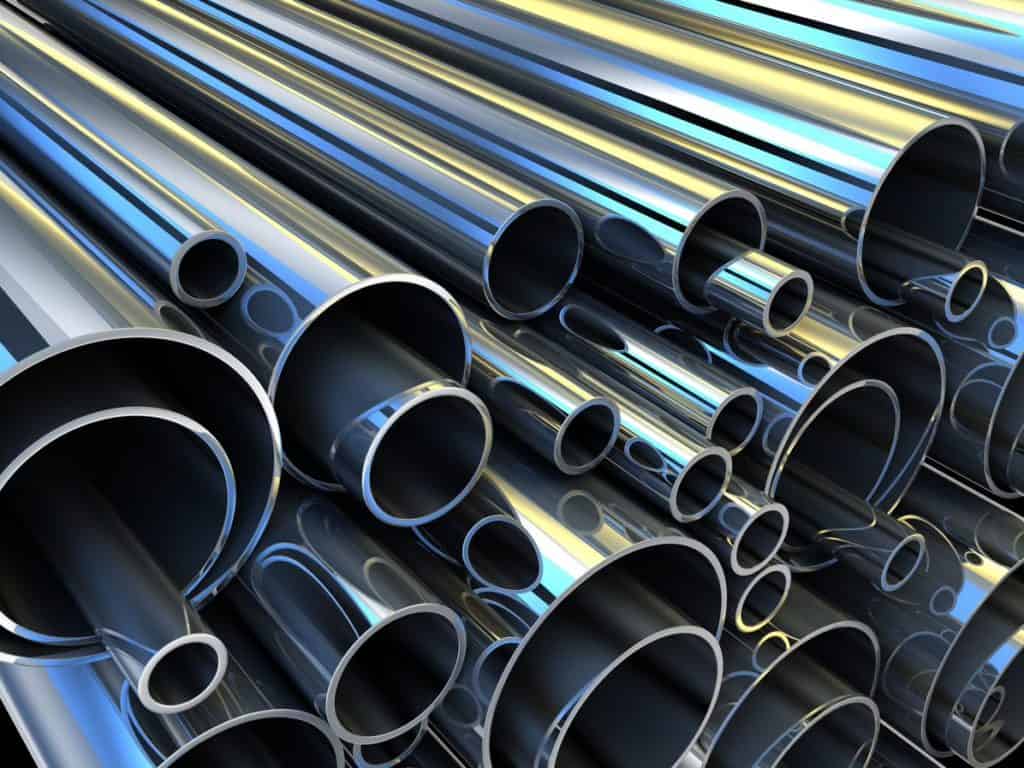3 Expert Tips for the Eddy Current Testing of Tubes

Whether the tubing is in power generation, air conditioning, petrochemical, food processing, or pharmaceutical manufacturing, the condition of tubes plays a vital role in process efficiency and safety. The skill and experience of the inspector are, of course, critical for accurate inspection and analysis of results, but with tens of thousands of tubing inspections conducted annually on a scheduled basis by some of the largest enterprises, inspectors are always seeking ways to improve the eddy current testing of tubes.
Several of the tips below are second nature to experienced inspectors. They learned these techniques over time. For new inspectors, however, these tips can add up to considerable time savings over the course of thousands of inspections. Regardless of an analyst’s level of experience though, advancements in eddy current technology are continuously enhancing the efficiency and effectiveness of tube inspections. Incorporating relevant improvements into your inspection process may be one of the most important tips of all to consider regarding the eddy current testing of tubes.
#1 Understand the Tubing and Its History
If you’ve done a particular type of inspection of a condenser or heat exchanger tubing a hundred times or more, you know the characteristics of the materials you’re inspecting. But when it’s your first time inspecting the equipment, or it’s a brand new installation, it’s important to familiarize yourself with the geometry and types of tubing you’ll be inspecting. Material properties, manufacturing standards, and the specific tubing grade influence the selection of probes and tube inspection techniques to be used.
Eddy Current Inspection Software Manages Inspection Profiles
An enterprise may have dozens to hundreds of combinations of tubing types, geometries, and environments in their operations. Technology advancements in eddy current inspection equipment now allow inspectors to configure the eddy current inspection software for a nearly limitless variety of inspection profiles that account for tubing characteristics, probe types, and inspection techniques. Configuration reduces setup time and ensures consistency across inspections.
Inspection Records Provide Perspective
Past inspection records of the tubing being inspected provide perspective on changing tubing conditions, call attention to areas needing careful assessment, and allow analysts to calculate expected asset life when corrosion, cracks, or wall thinning are encountered. The latest eddy current testing technologies make it easy for inspectors to instantly access electronic records of past inspections and even conduct real-time analysis of a just-completed tubing inspection with past records to evaluate changes in tubing conditions.
#2 Know What You’re Looking For
Material characteristics, previous inspection records, and condenser tube sheet maps provide guidance as to the types of defects, flaws, and conditions you can expect to encounter during eddy current testing of tubes. Where are flaws likely to occur—inner or outer tubing diameter, at welds, in proximity to tube sheets? What defects are the most common and how do they typically manifest themselves? If you’re looking for nascent cracks, what is the likely orientation? If tubing walls are thinning, what is the plugging threshold for through-wall penetration that will lead to decommissioning that tube?
Approaching each inspection with the foresight of likely defects you can expect to encounter will help focus inspection efforts and lead to better quality tubing inspection.
#3 Choose the Perfect Probe for the Inspection Process
Probe selection is critical to inspection quality. Probe technology continues to improve with an ever-wider variety of probes designed to meet specific eddy current tube testing needs. If it’s been some time since you’ve evaluated the latest probe technology, it will be well worth your time to consider how recent eddy current probe advancements can help improve inspection quality as well as reduce inspection time.
- Array coil technology reuses transmit and receive coils to provide better coverage per coil density.
- Array and bobbin technologies combined into a single probe gather all the required data to allow cost-saving single-pass inspections.
- Probes designed to navigate tight tubing bends (65.6 mm radius) or bends that exceed 90 degrees, typical of VVER steam generators.
- Probes provide better data for a longer time period using high-stability centering feet that reduce wear caused by debris in the tube.
- Chamfered barnacle scraper probes protect tubing and make heat exchanger inspections easier. Barnacle scraper probes with sharp leading edges punch through tubes with significant impediments. Stainless steel front and back bearings protect probe coils to ensure extended life.
Custom Probe Design for Unique Inspection Requirements
Your eddy current tube testing requirements may be unique, where even the latest off-the-shelf probe technology doesn’t exactly meet your needs. Experienced inspectors know that rather than compromise inspection quality with probes unsuited for your needs, it’s better to work with probe manufacturers that can engineer probe technology to your exacting specifications. Although this may involve an up-front investment, you’re more than likely to see an attractive ROI as a result of better inspection quality and reduced inspection time.
Eddy Current Testing of Tubes: Tips, Techniques, and Technology
An experienced nondestructive testing inspector will have a lifetime of tips and techniques that help enhance the speed, quality, and accuracy of tubing inspections. These tips and techniques, combined with the latest advancements in eddy current inspection probe technology and software, can further improve the efficiency and accuracy of these eddy current tube testing techniques.
Zetec has been a trusted name in nondestructive testing solutions for decades and has become an industry leader in eddy current technology and software. To learn how you can improve the efficiency and accuracy of your eddy current tube testing process, contact Zetec today.





